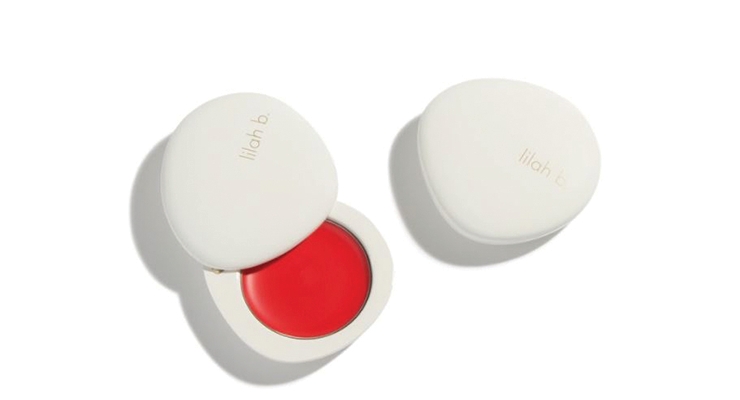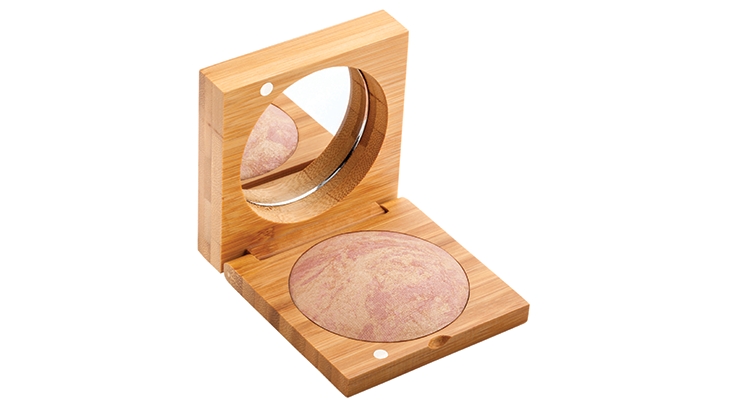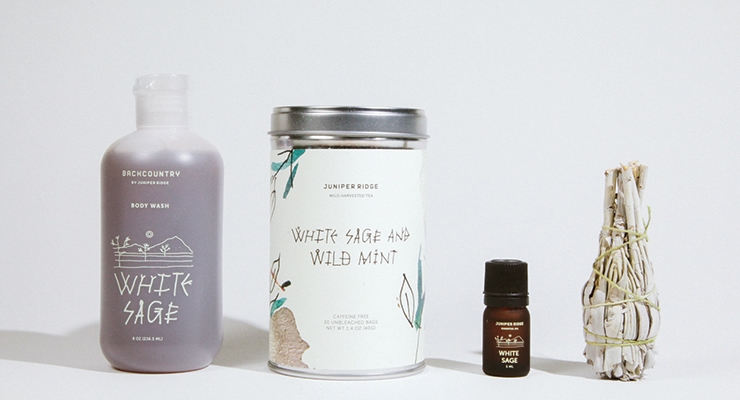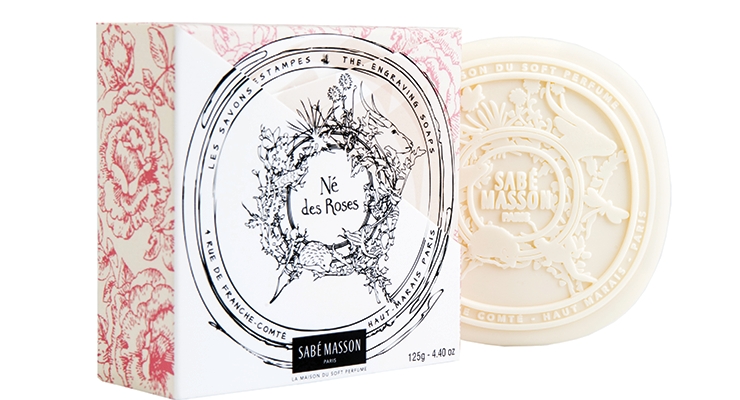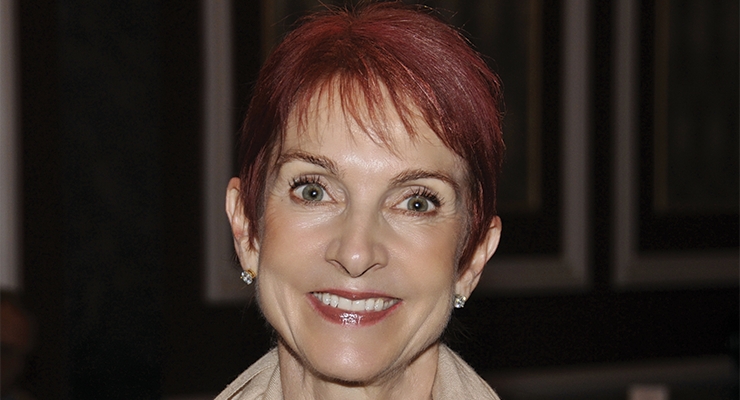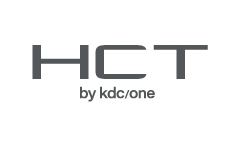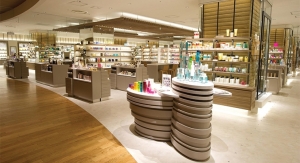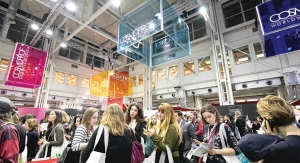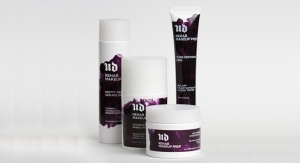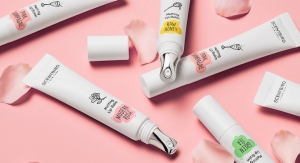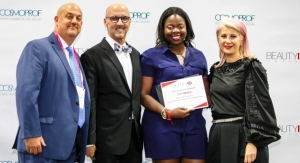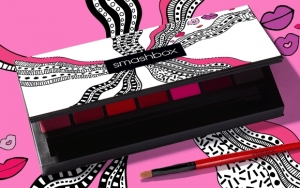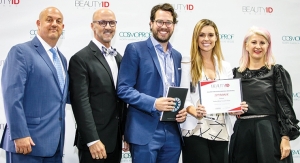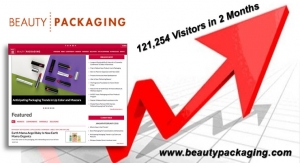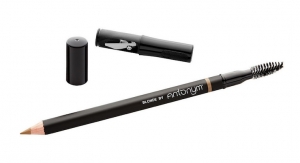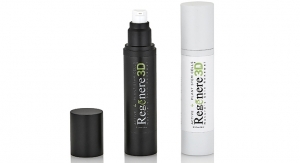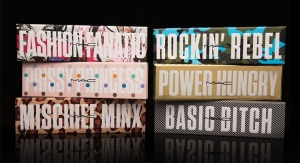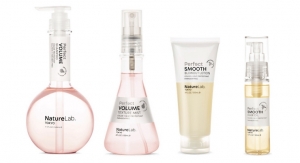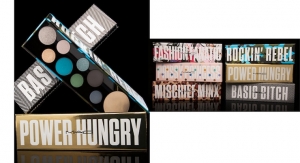Karen Young, The Young Group01.26.18
There’s not much question that indie brands are the bright shiny object of the moment. The beauty industry is fascinated by them; an entire platform of incubators and support systems has emerged and the consumer is enthralled. They are bringing a great deal of innovation and fresh thinking to the market.
Although still a small part of the overall beauty business, the indie segment is growing about 20% annually. And it shows no signs of slowing down.
Their fresh perspective impacts all aspects of brand building, from product to distribution to consumer interaction. I’ve chosen four small brands that have packaging stories worth sharing.
—Lilah b. from Sausalito, California, believes “with less, you are more.” The minimalistic collection allows consumers to achieve a finished look with fewer products, encouraging a movement to declutter, minimize and simplify.
Formulas combine nourishing and moisturizing ingredients from earth and sea to deliver a healthy glow. Multipurpose products are packaged in sleek and modern, signature “stones” which are actually swivel-open metal compacts [created by HCT Group].
The compacts are beautiful and very ergonomically pleasing to hold. Carrying a couple of them adds significant weight to a makeup bag, however.
—Antonym Cosmetics launched in 2013 by Miami makeup artist Valerie Giraud, with organic, highly pigmented makeup and cruelty-free brushes.
The choice of bamboo as a sustainable material for the primary packaging and brushes was a major decision. It truly supports the “healthy” positioning of the products.
Valerie’s favorite beauty tip: “The way you feel on the inside reflects the way you look on the outside (but a little lipstick and mascara help).”
—Juniper Ridge, a Berkeley, California—based company is built on the simple idea that nothing smells better than the forest and the only way to bring this beauty home is to strap on your boots and go.
The brand’s Wilderness Perfume is created by distilling and extracting fragrance from wildflowers, plants, bark, moss, mushrooms and tree trimmings that are sustainably harvested on the trail. Each product’s harvest number can be searched on the website to see photos of the plants and the fragrance extraction techniques.
The packaging reflects the basic, no frills, nature-first approach of the “Field Lab.” It looks as though it was created and labelled in the wild. The graphics appear loosely drawn on site.
—Sabe Masson is a French company founded by Isabelle Masson-Mandonnaud. With a focus on what the company calls “soft perfume,” the intricate packaging is critical to the storytelling aspect of the brand.
Elegant, charming, refined and feminine, the packaging and graphics transport the user to another era and another world.
The first “Maison du Soft Perfume” opened in Paris in 2015. The shop invites visitors to discover and learn a different way of using perfume: a light, easy ritual that combines the origins of perfume with modern femininity. It strives to give perfume a new identity, which Isabelle calls “a dance on the skin.” The primary and secondary packaging provide an artistic background to the story.
For a young, little-known brand, the packaging is an important piece of the company’s communication. Whether seen in-store or on a device screen, it is the first point of contact with the product. It can enhance and support the story and clinch the sale. It should never be taken for granted.
About the Author:
Karen Young is CEO & founder of The Young Group. Before opening her company in 1999, she was VP of marketing, product development & advertising for Lancôme.
Prior to that, she spent 17 years at Estée Lauder, in executive marketing positions. Karen is an adjunct professor at The Fashion Institute of Technology, teaching product development in the Master’s Degree program in Cosmetic & Fragrance Marketing and Management.
Although still a small part of the overall beauty business, the indie segment is growing about 20% annually. And it shows no signs of slowing down.
Their fresh perspective impacts all aspects of brand building, from product to distribution to consumer interaction. I’ve chosen four small brands that have packaging stories worth sharing.
—Lilah b. from Sausalito, California, believes “with less, you are more.” The minimalistic collection allows consumers to achieve a finished look with fewer products, encouraging a movement to declutter, minimize and simplify.
Formulas combine nourishing and moisturizing ingredients from earth and sea to deliver a healthy glow. Multipurpose products are packaged in sleek and modern, signature “stones” which are actually swivel-open metal compacts [created by HCT Group].
The compacts are beautiful and very ergonomically pleasing to hold. Carrying a couple of them adds significant weight to a makeup bag, however.
—Antonym Cosmetics launched in 2013 by Miami makeup artist Valerie Giraud, with organic, highly pigmented makeup and cruelty-free brushes.
The choice of bamboo as a sustainable material for the primary packaging and brushes was a major decision. It truly supports the “healthy” positioning of the products.
Valerie’s favorite beauty tip: “The way you feel on the inside reflects the way you look on the outside (but a little lipstick and mascara help).”
—Juniper Ridge, a Berkeley, California—based company is built on the simple idea that nothing smells better than the forest and the only way to bring this beauty home is to strap on your boots and go.
The brand’s Wilderness Perfume is created by distilling and extracting fragrance from wildflowers, plants, bark, moss, mushrooms and tree trimmings that are sustainably harvested on the trail. Each product’s harvest number can be searched on the website to see photos of the plants and the fragrance extraction techniques.
The packaging reflects the basic, no frills, nature-first approach of the “Field Lab.” It looks as though it was created and labelled in the wild. The graphics appear loosely drawn on site.
—Sabe Masson is a French company founded by Isabelle Masson-Mandonnaud. With a focus on what the company calls “soft perfume,” the intricate packaging is critical to the storytelling aspect of the brand.
Elegant, charming, refined and feminine, the packaging and graphics transport the user to another era and another world.
The first “Maison du Soft Perfume” opened in Paris in 2015. The shop invites visitors to discover and learn a different way of using perfume: a light, easy ritual that combines the origins of perfume with modern femininity. It strives to give perfume a new identity, which Isabelle calls “a dance on the skin.” The primary and secondary packaging provide an artistic background to the story.
For a young, little-known brand, the packaging is an important piece of the company’s communication. Whether seen in-store or on a device screen, it is the first point of contact with the product. It can enhance and support the story and clinch the sale. It should never be taken for granted.
About the Author:
Karen Young is CEO & founder of The Young Group. Before opening her company in 1999, she was VP of marketing, product development & advertising for Lancôme.
Prior to that, she spent 17 years at Estée Lauder, in executive marketing positions. Karen is an adjunct professor at The Fashion Institute of Technology, teaching product development in the Master’s Degree program in Cosmetic & Fragrance Marketing and Management.

